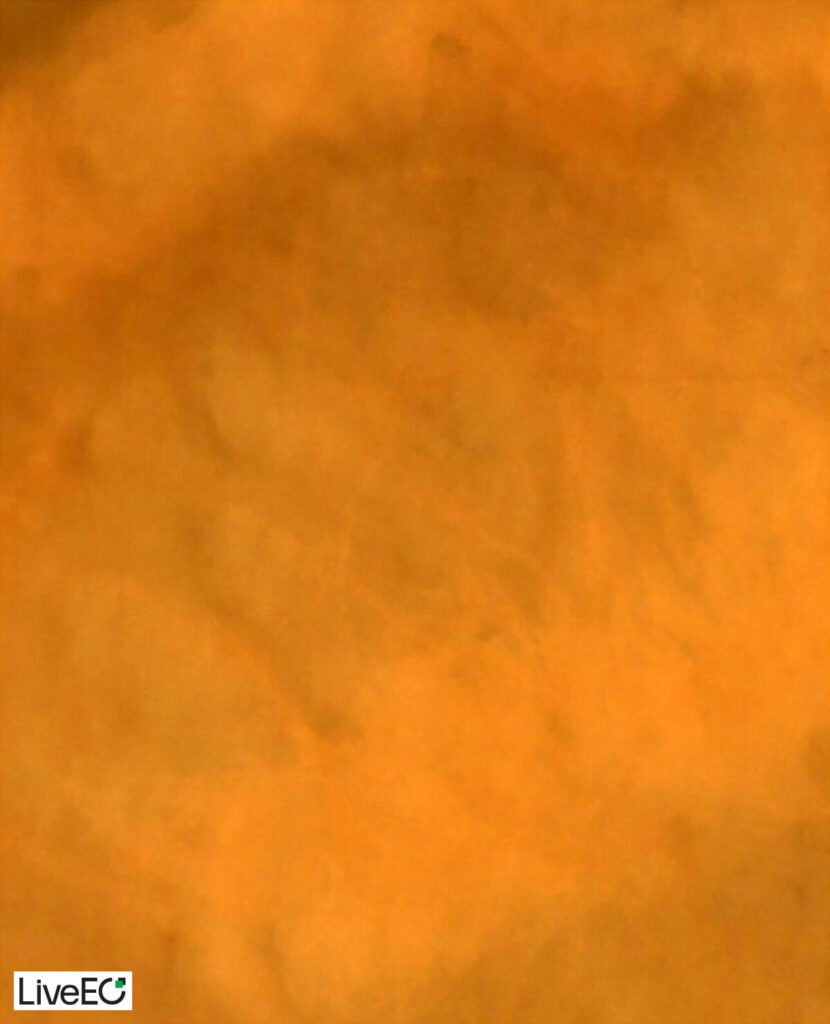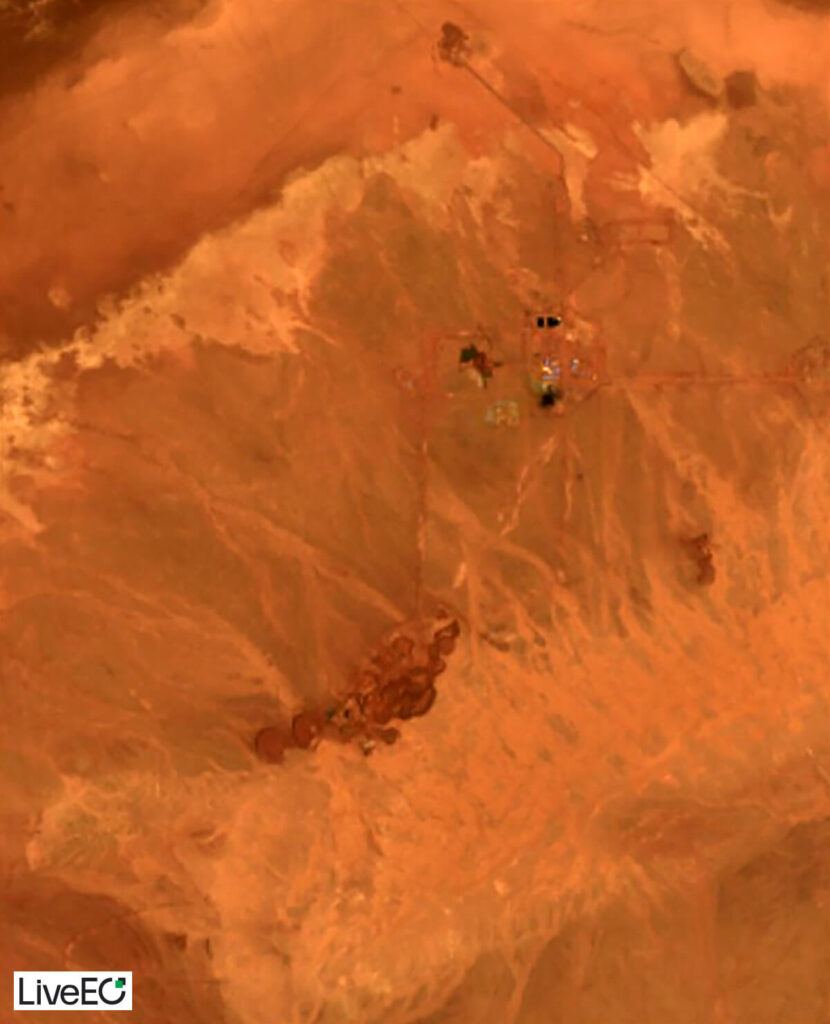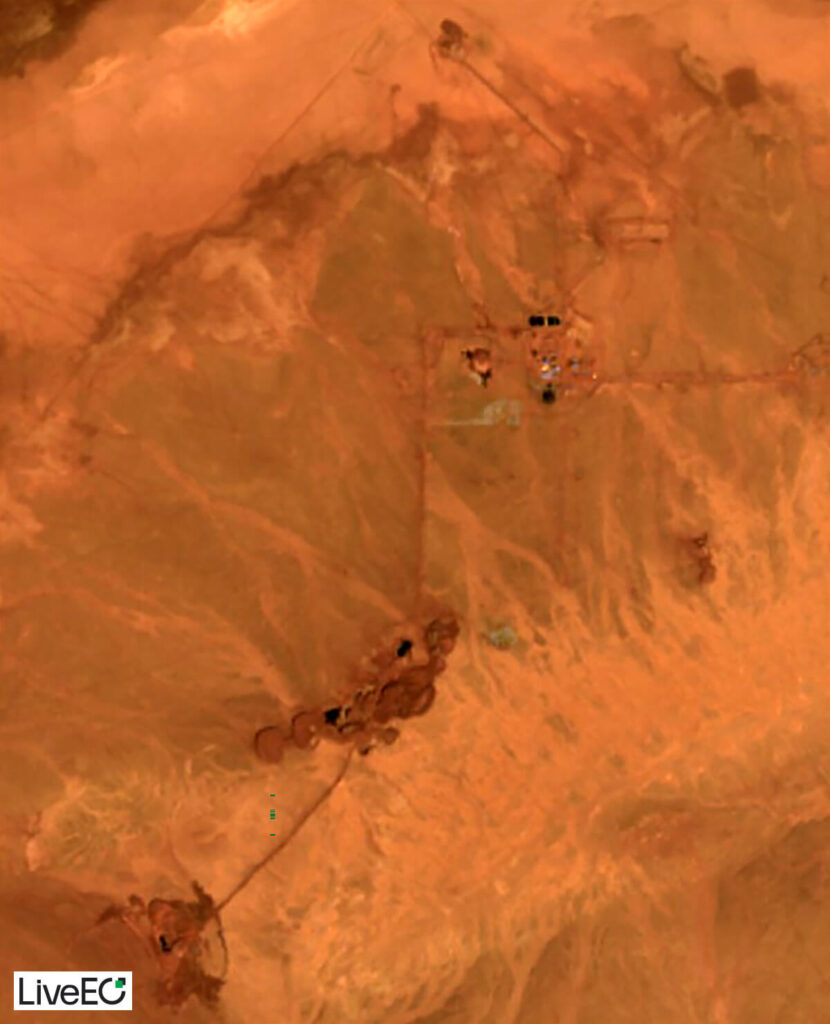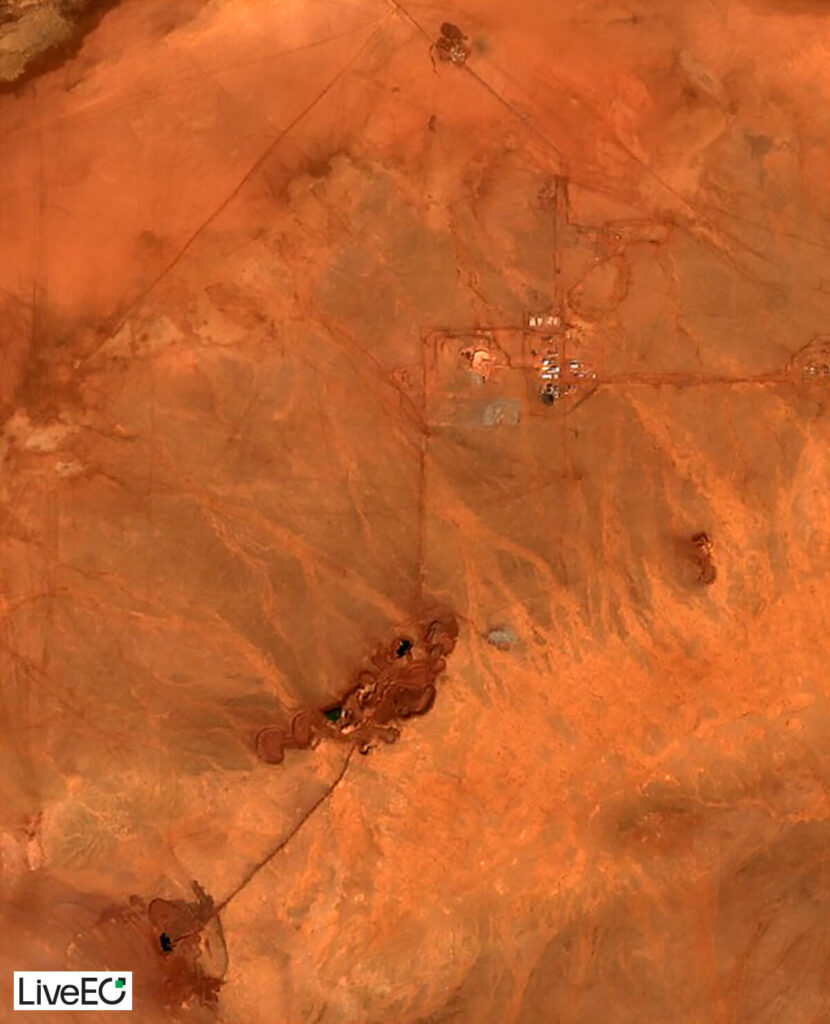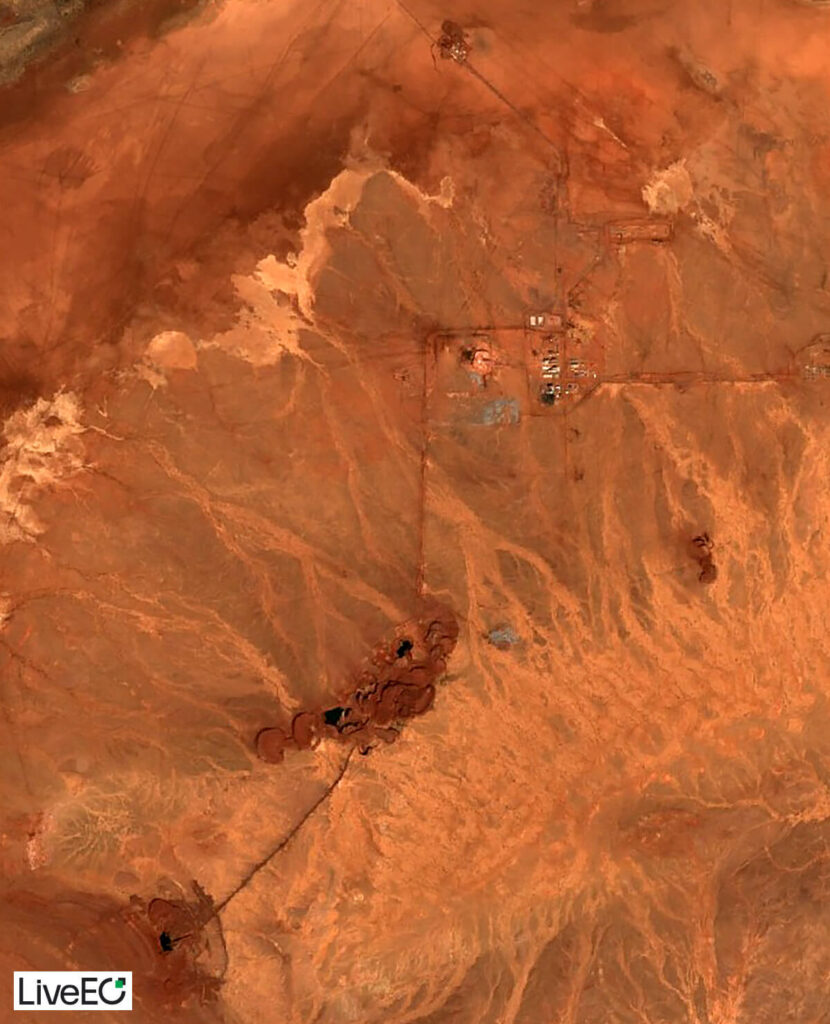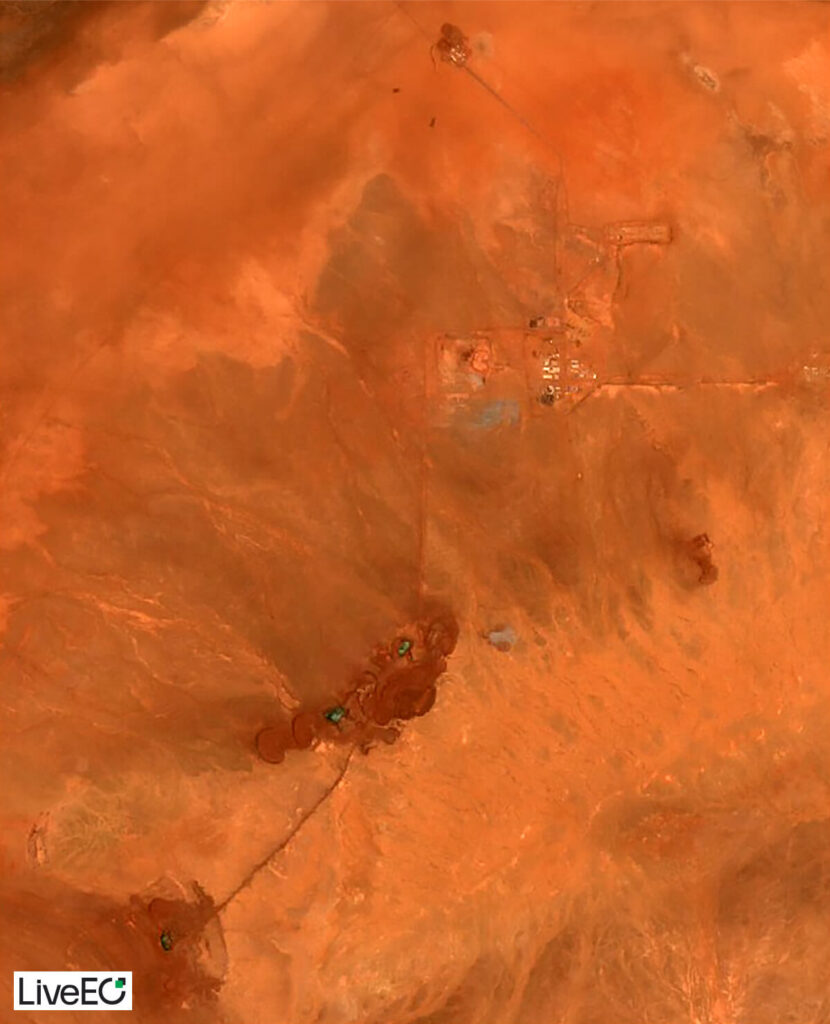
French uranium mining in trouble after coup in Niger
Featured image: French uranium mine in Niger. Source: LiveEO
After the recent coup in Niger the main imperialists powers of the EU as well as the US have expressed their concern about the coup. One aspect of this is the concern that the exploitation of the country uranium resources will be limited for certain imperialists, especially France. According to data from the EU, more than a quarter of the uranium imported to the countries in the EU comes from Niger. After the coup it was announced that Niger would immediately stop all uranium exports to France.
France have for a long time had interest in the country since the time it was a French colony. Access for French imperialism to exploit the country’s raw materials was a condition in Niger’s transition from a colony to a semi-colony in 1960. In the 1970s France started extracting uranium from the country. Orano, a French state-owned nuclear company currently owns three large mines in Niger. According to satellite images there has been a massive growth of the mines during the last two decades.
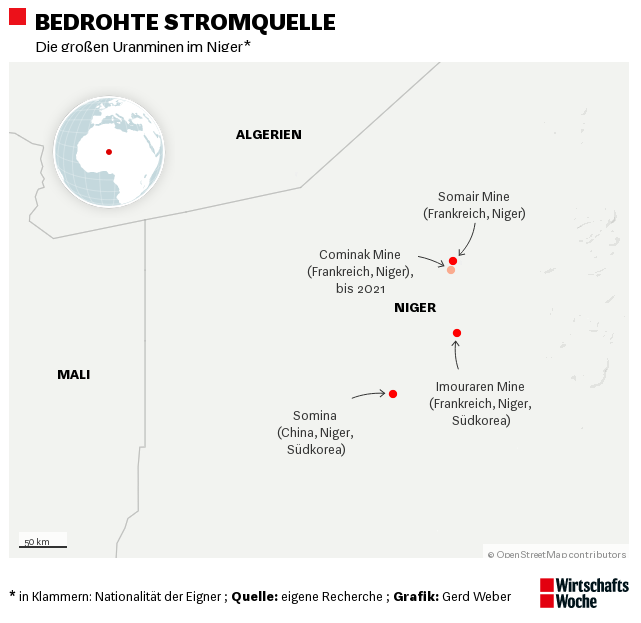
The company Somair operates an uranium mine north of the cities of Arlit and Akoka. The mine is the oldest in the country and currently the only one that produces uranium. It has been growing fast over the last years and now takes up an area ten kilometers long and five kilometers wide with open-pit mines up to 90 meters deep and huge mountains of overburden. 63.4 percent of Somair is owned by Orano, while the rest is owned by the State of Niger. The mine produces around 2000 tons of uranium per year. Since the start of the operation Orano has extracted around 140.000 tons of uranium in the area. In May the now ousted government agreed to extend the mining operation until 2040.
There has also been struggle against the mining operation. In 2010 several Somair employees were abducted, some where held for several years. In 2013 a car bomb attack targeting the company killed one and wounded 13 Somair employees.
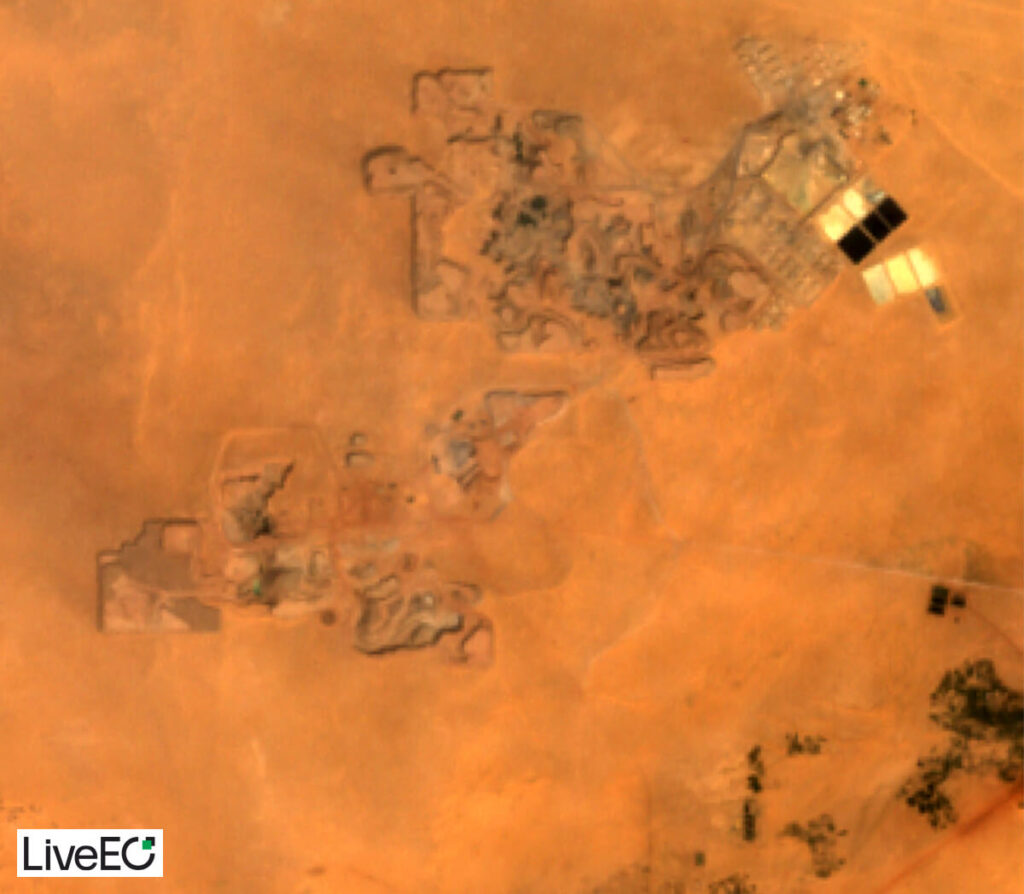
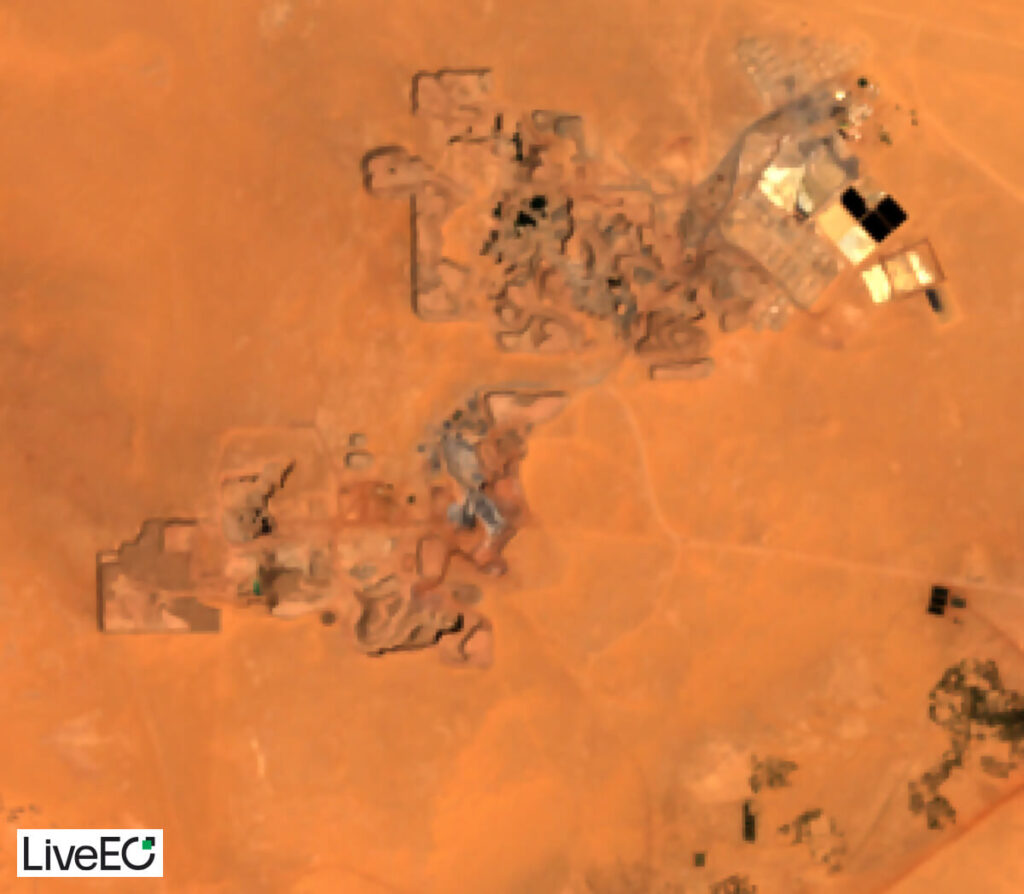
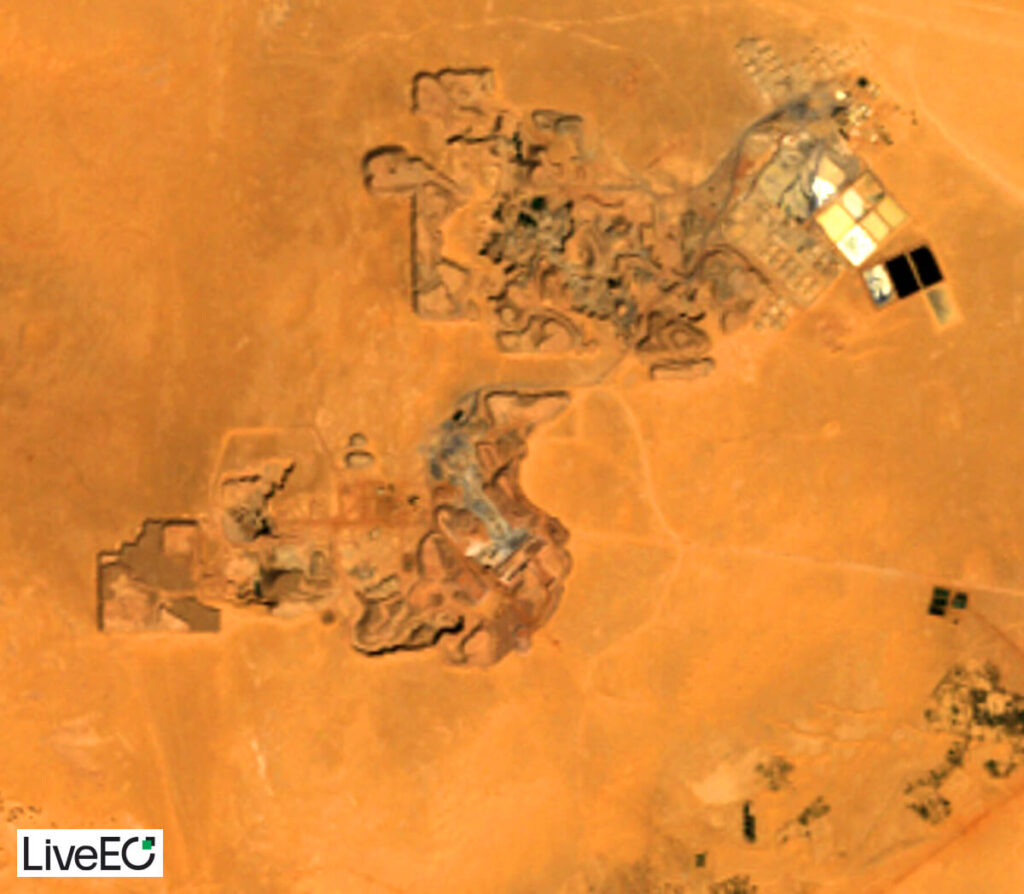
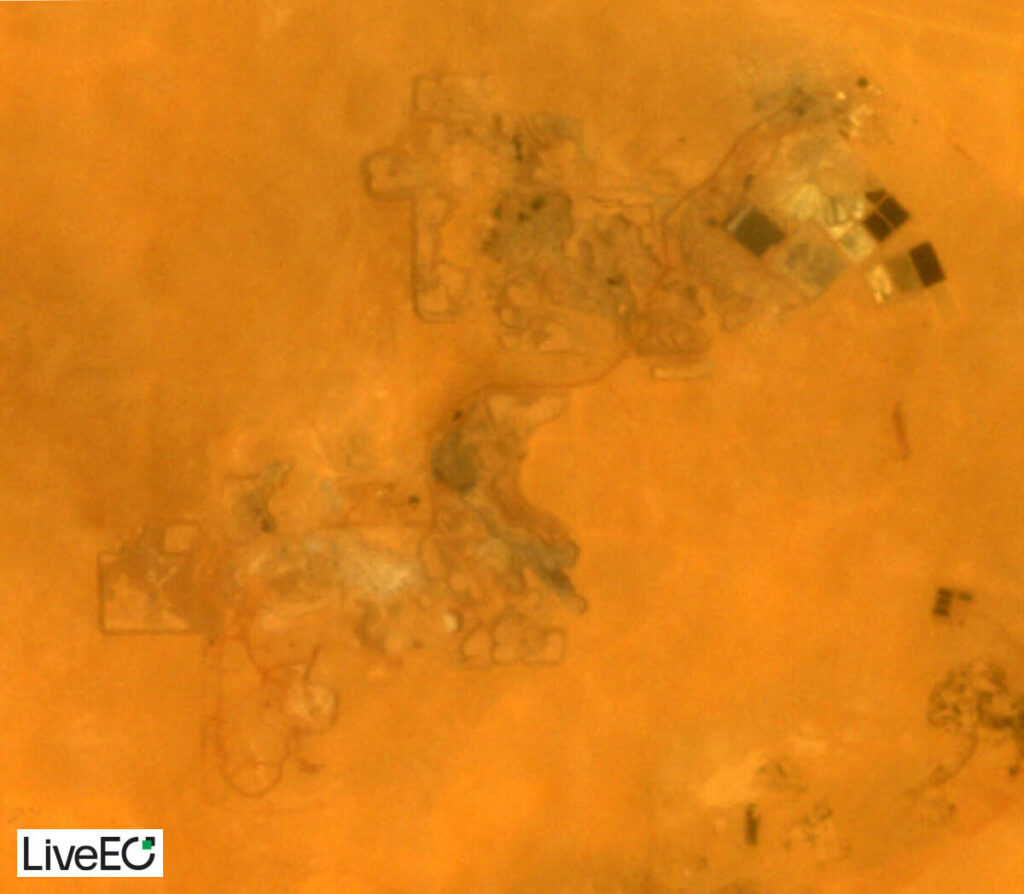
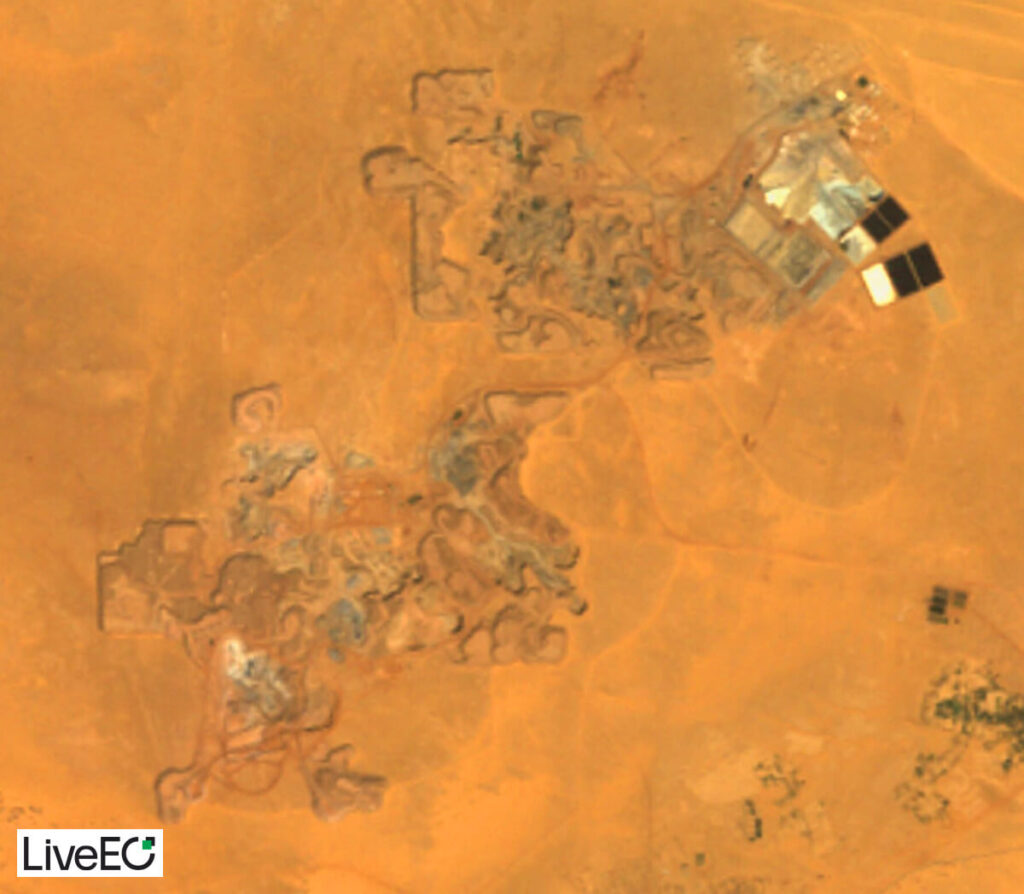
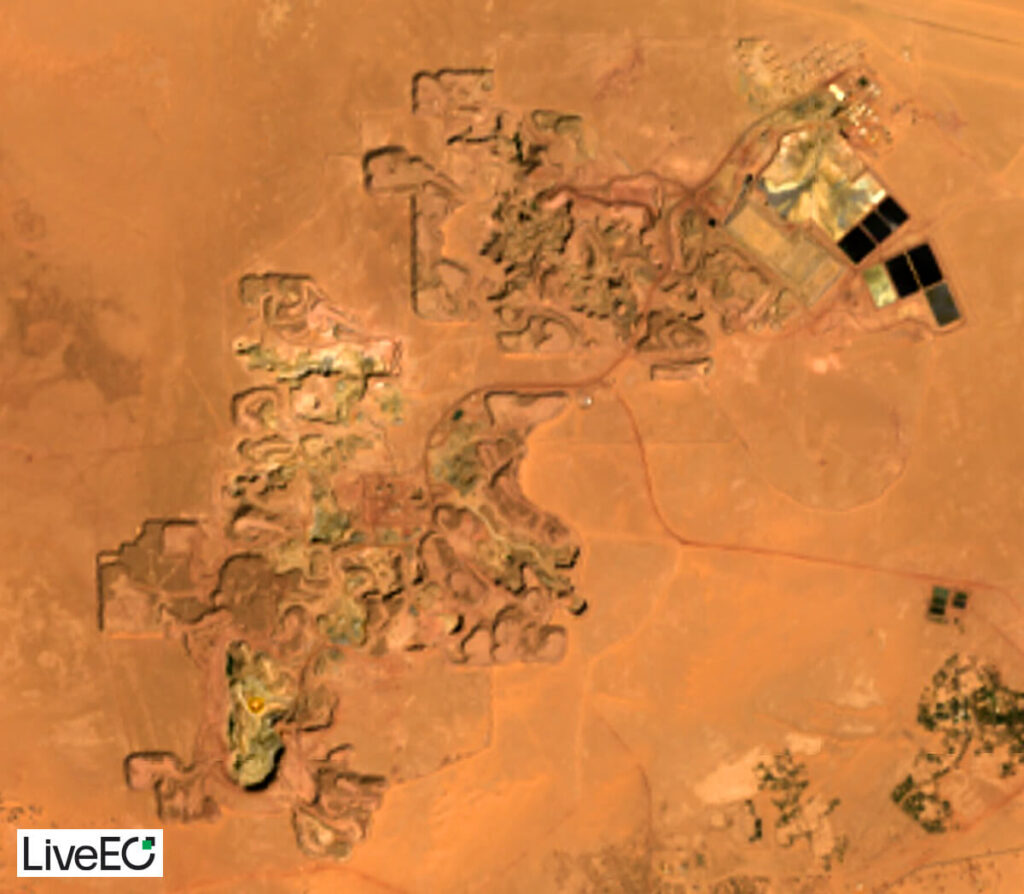
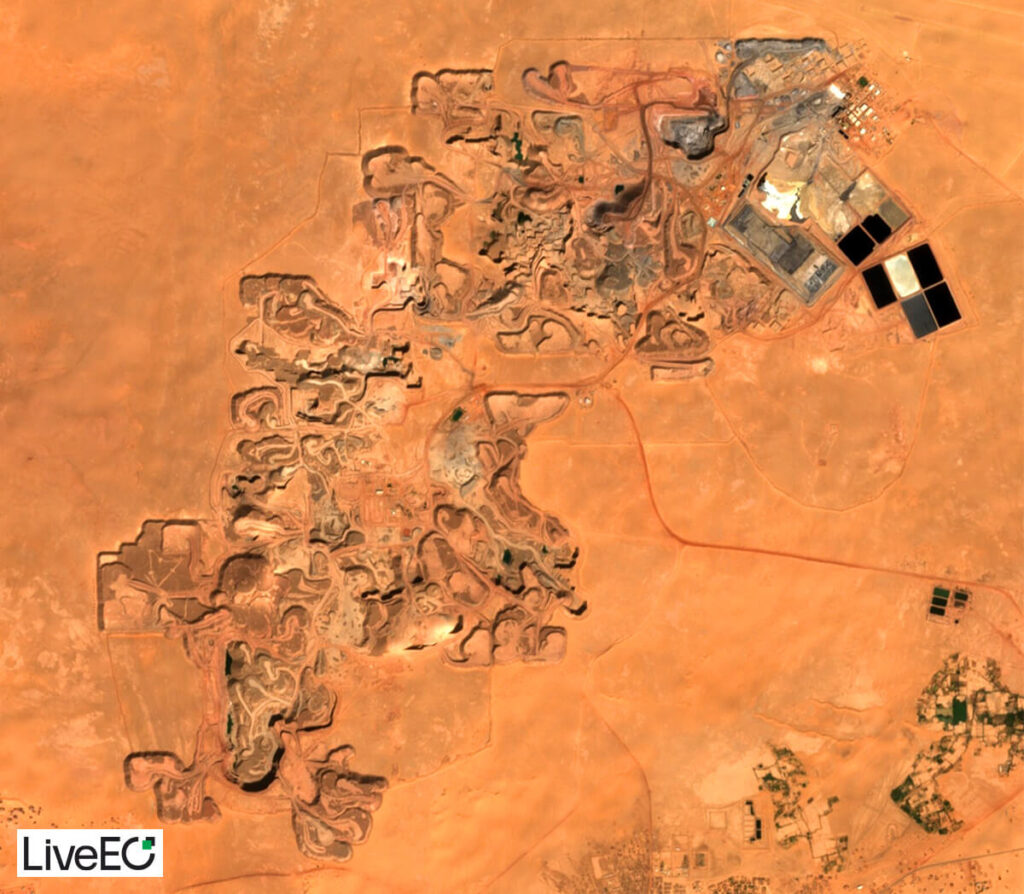
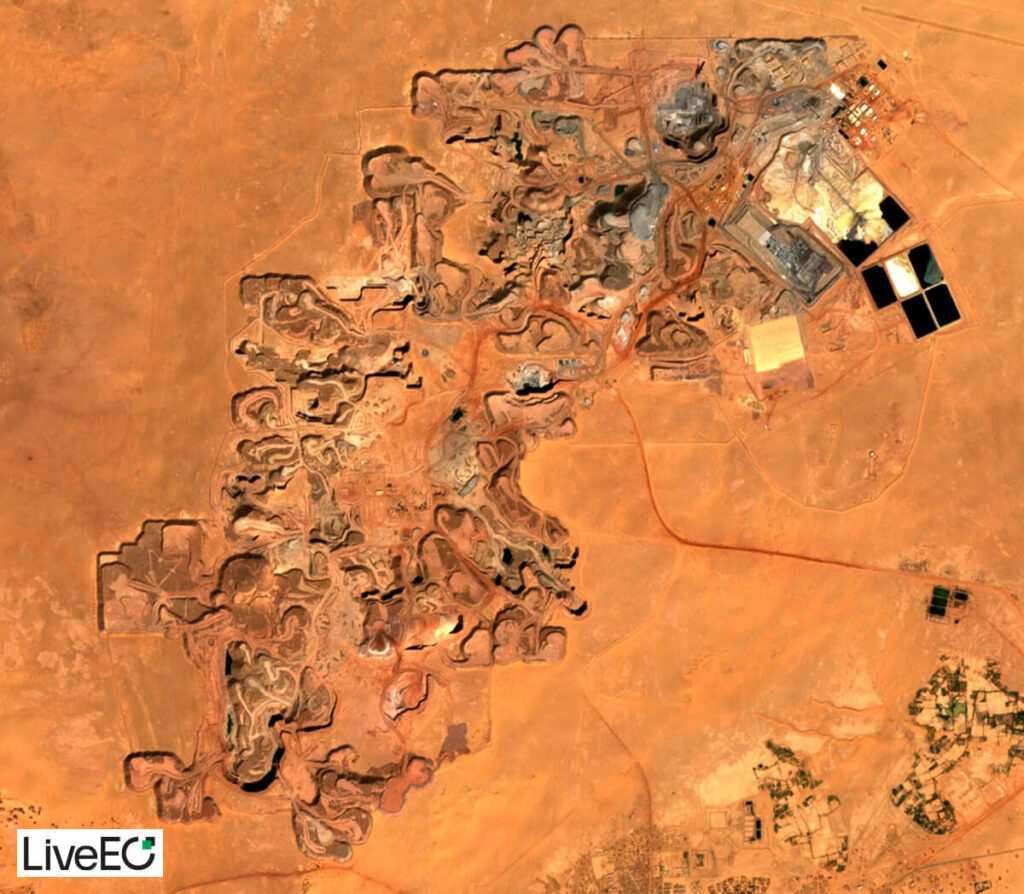
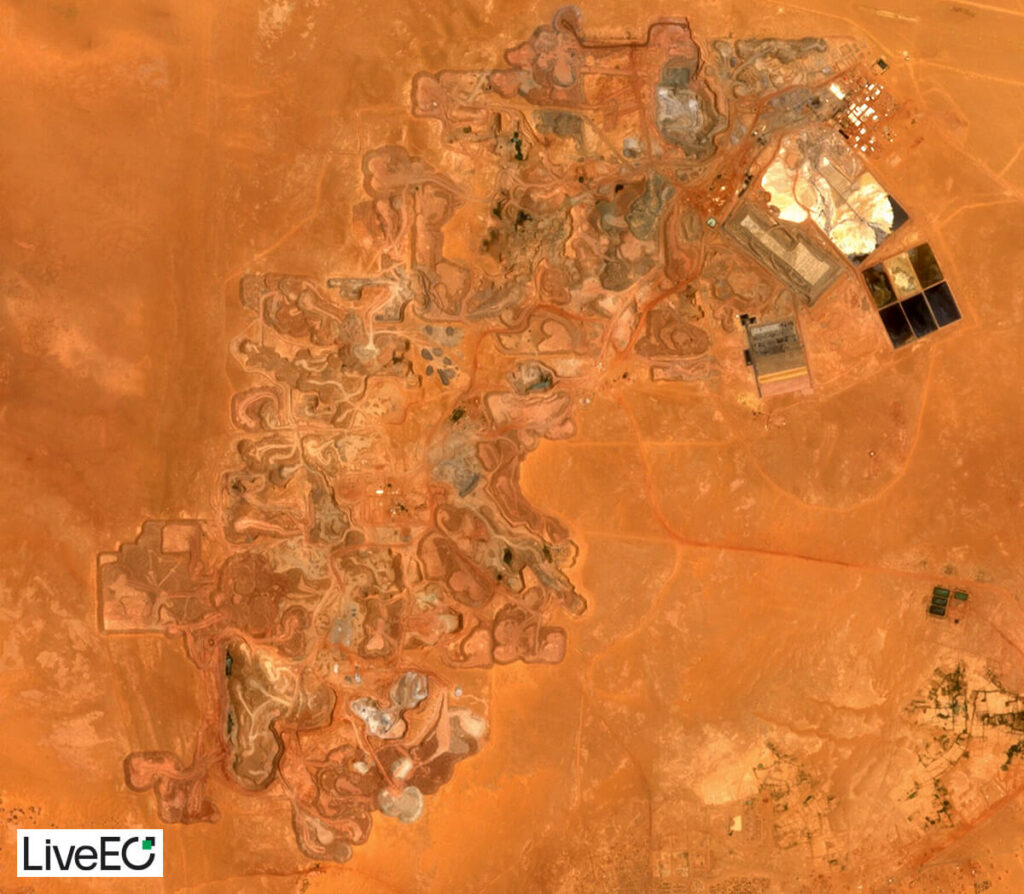
Somair’s uranium mine in the Agadez region of Niger has expanded a lot in the last two decades. Source: LiveEO
80 kilometers to the south Orano have started construction of the Imouraren mine. The mine which Orano calls the “mine of the century” is located on what is considered to be the second largest uranium deposit in the world. Construction of the mine started in 2010 with fast progress, until 2015, when the uranium prices dropped after the disaster in Fukushima. The mine is planed to apply chemical mining, which is more expensive, but requires fewer workers and fewer security measures. If the mining operations starts the mine is estimated to produce 5.000 tons of uranium per year for more than 40 years.
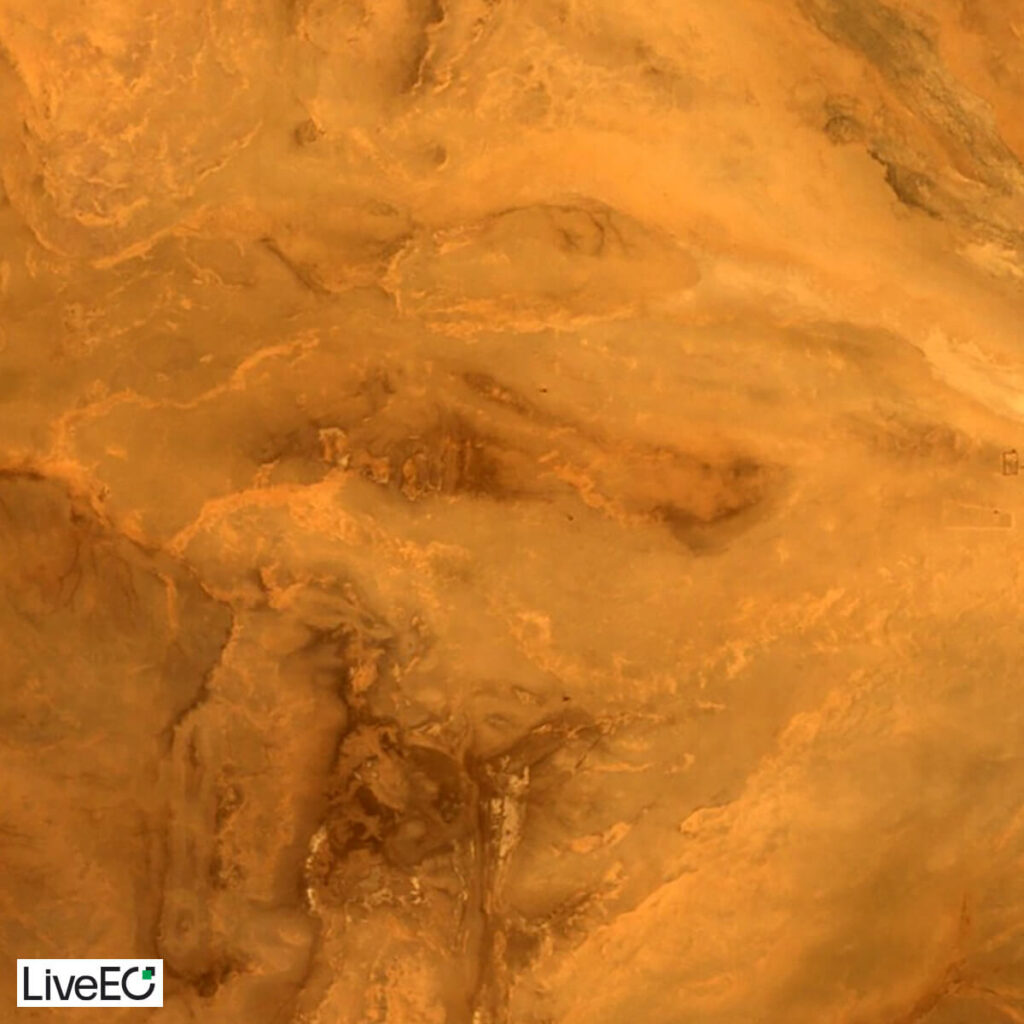
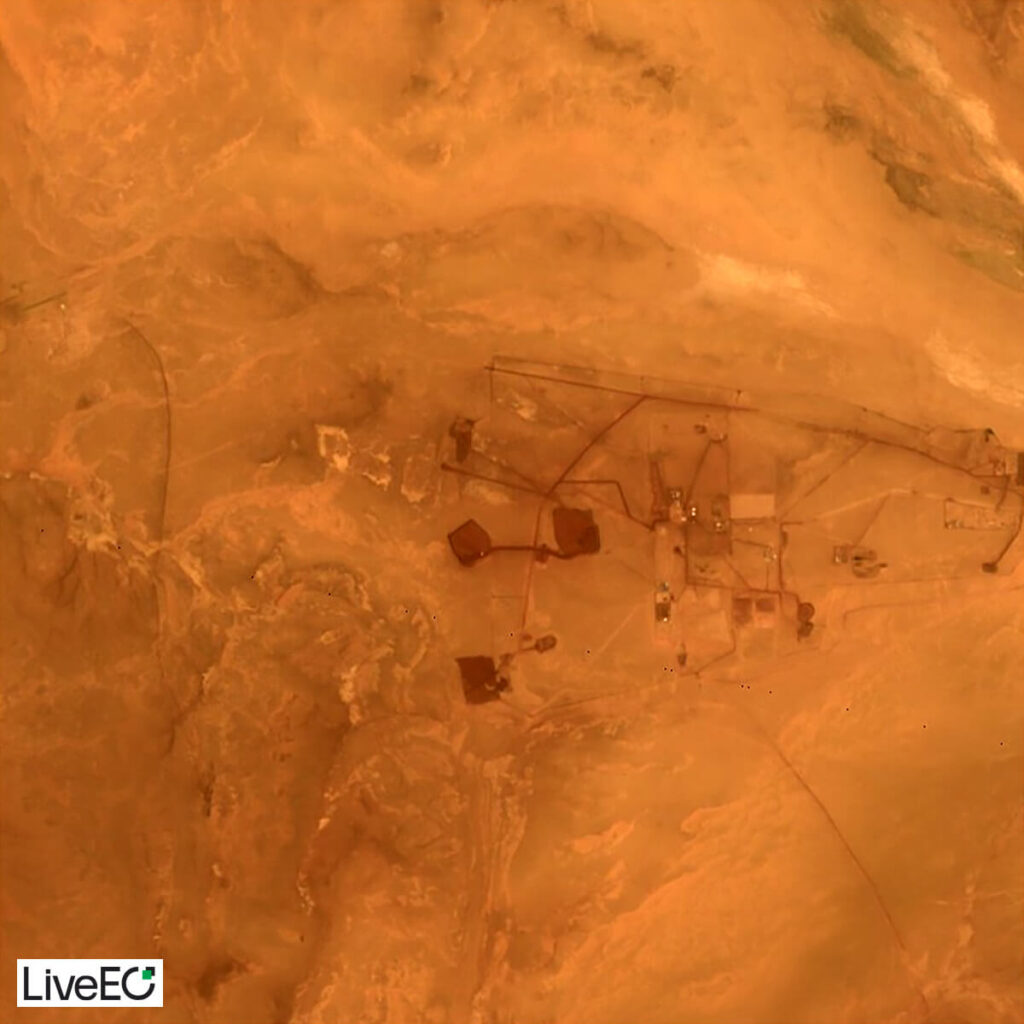
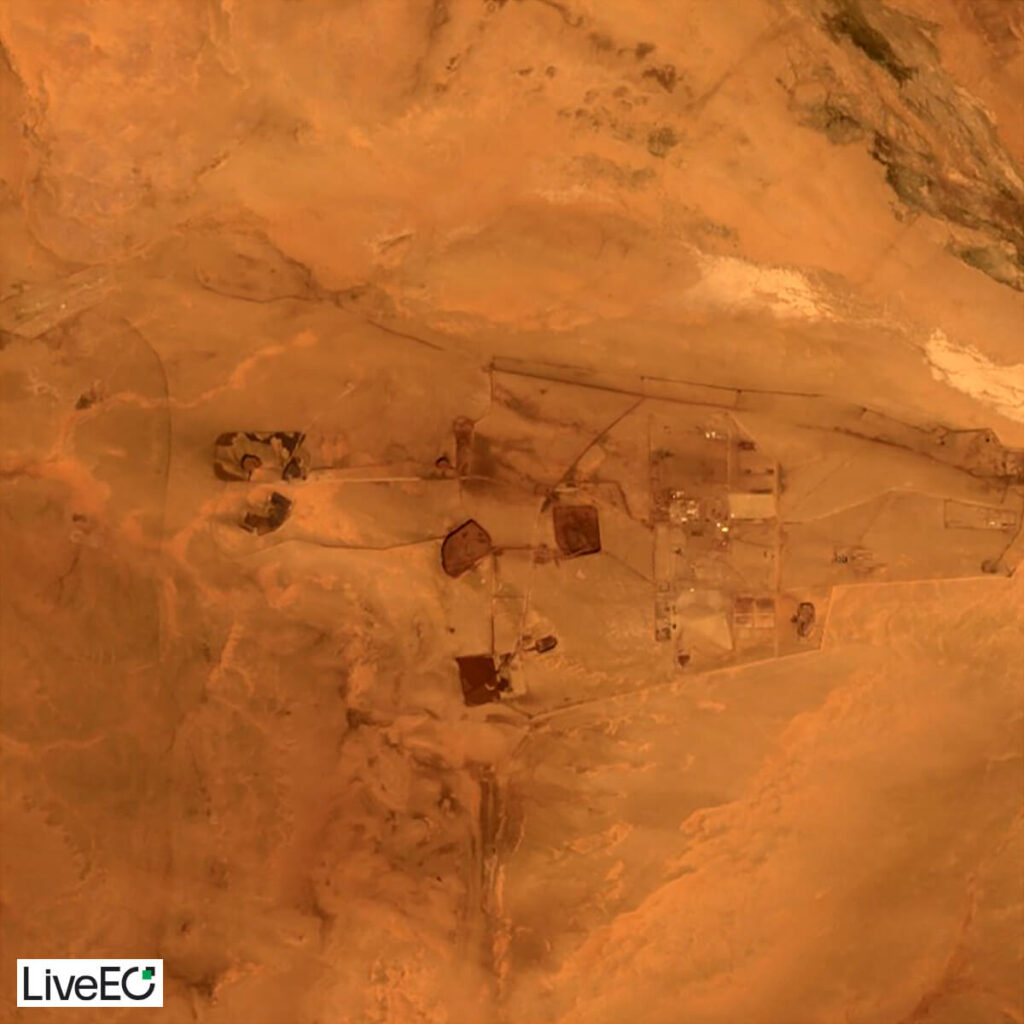
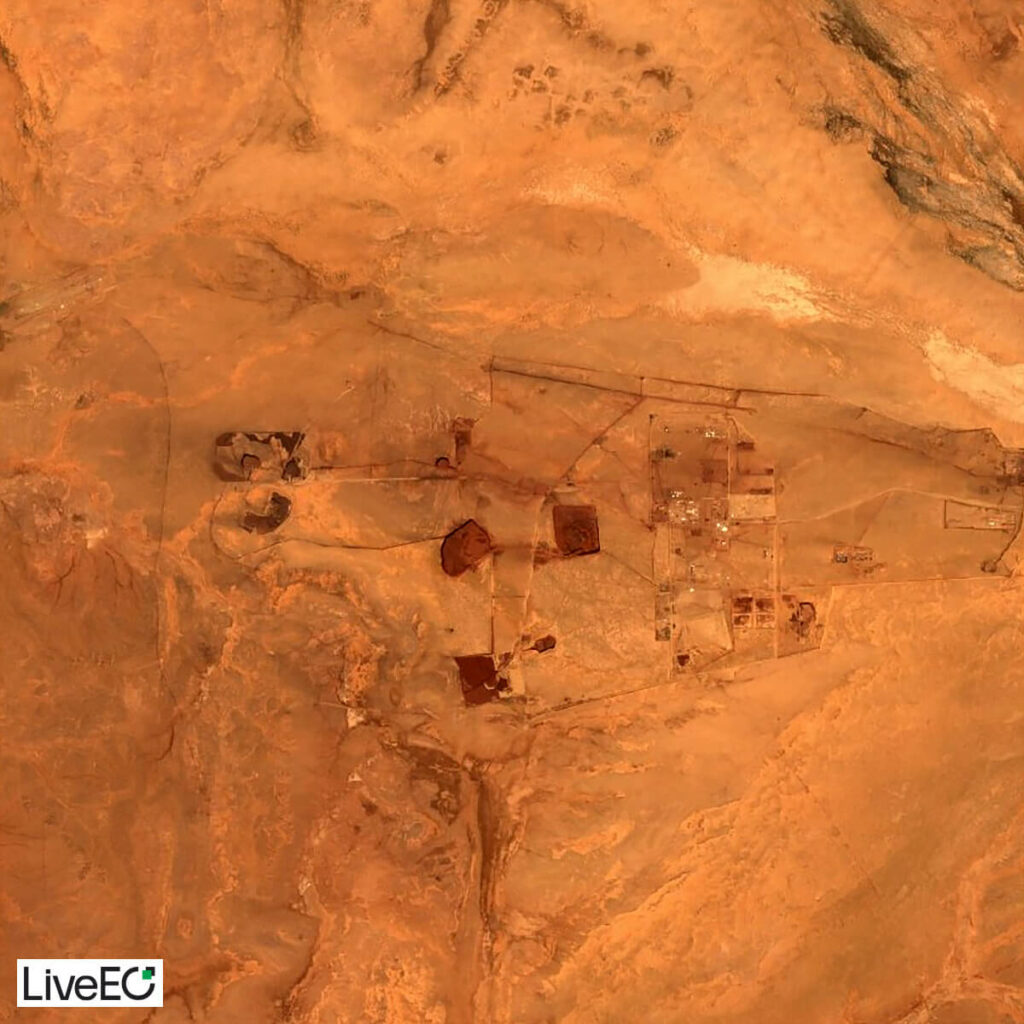
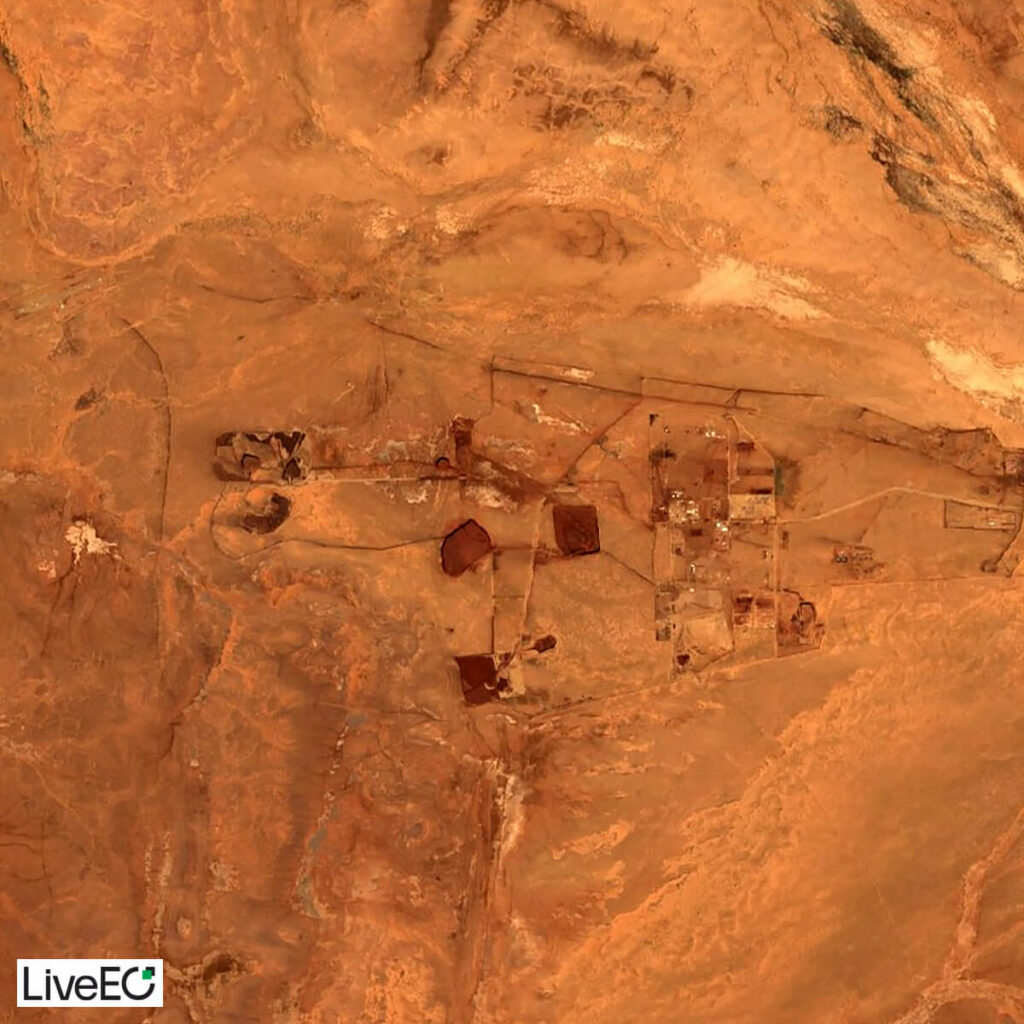
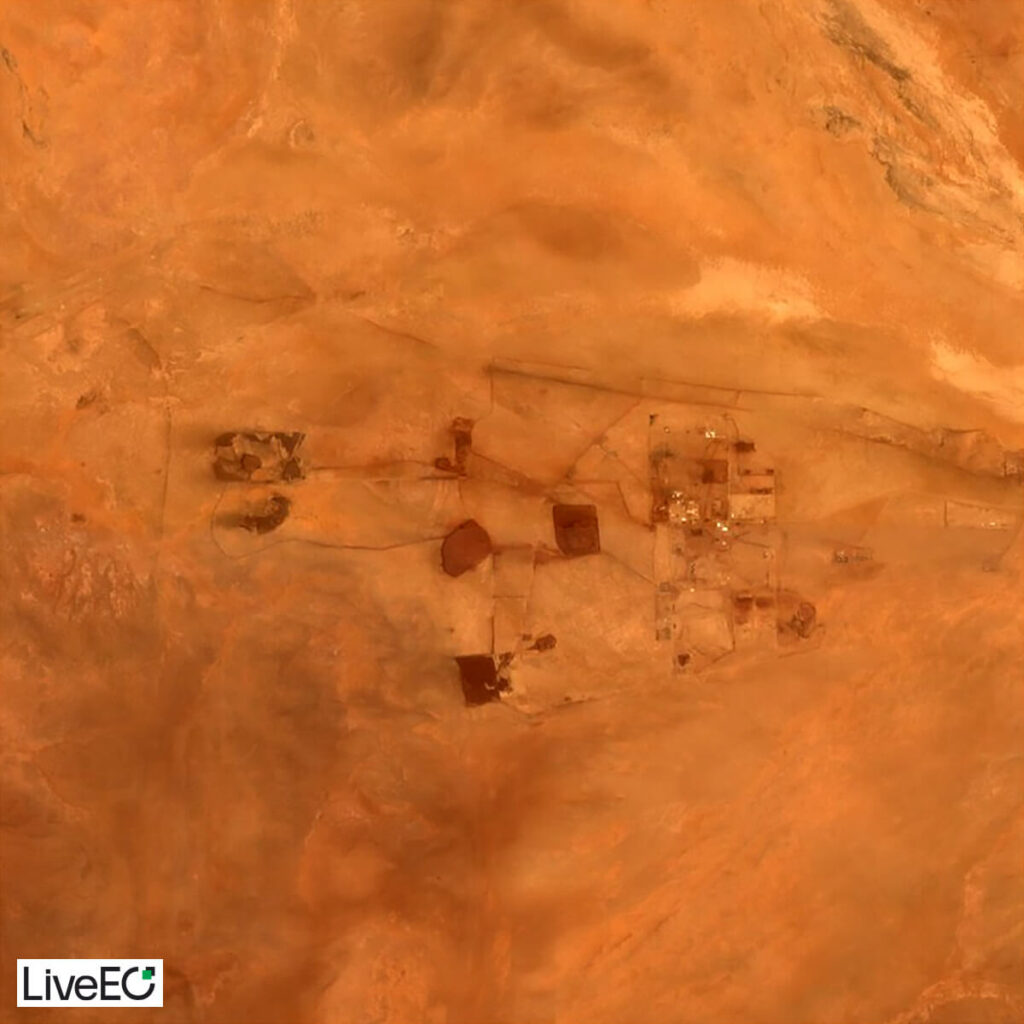
Another large French uranium mine in Niger is the Cominak mine, which was closed in 2021. After the closure of the mine Orano left behind 20 million tons of overburden covering 120 hectares of land. The people living near the old mine have raised concerns about radioactive waste threatening their health. Orano denies this and claims that the radioactive contamination of the overburden is extremely low. Among those who are critical to this claim is the French Commission for Independent Research and Information on Radioactivity. Already in 2009 their measurements showed that the levels of radioactive contamination was far above international limits. Now they warn that the overburden is threatening the water supply of around 177.000 people.
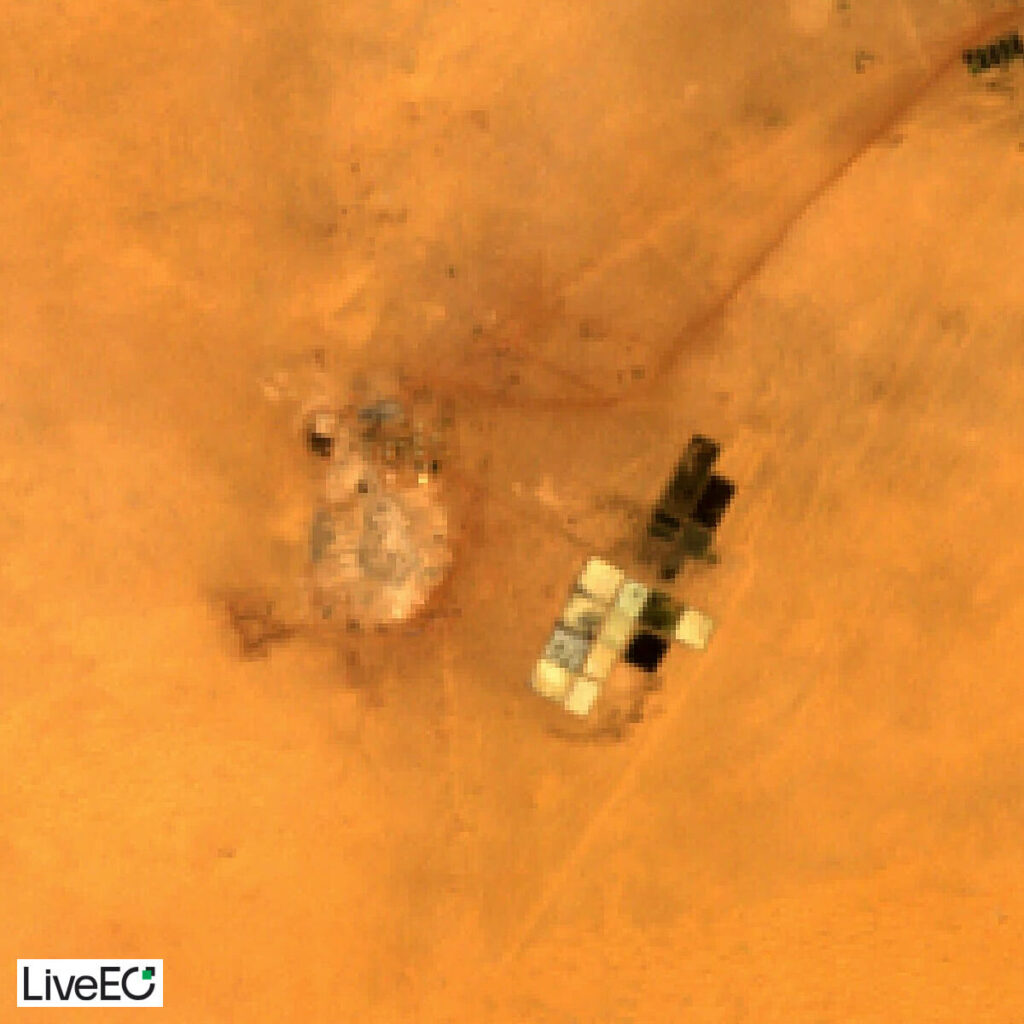

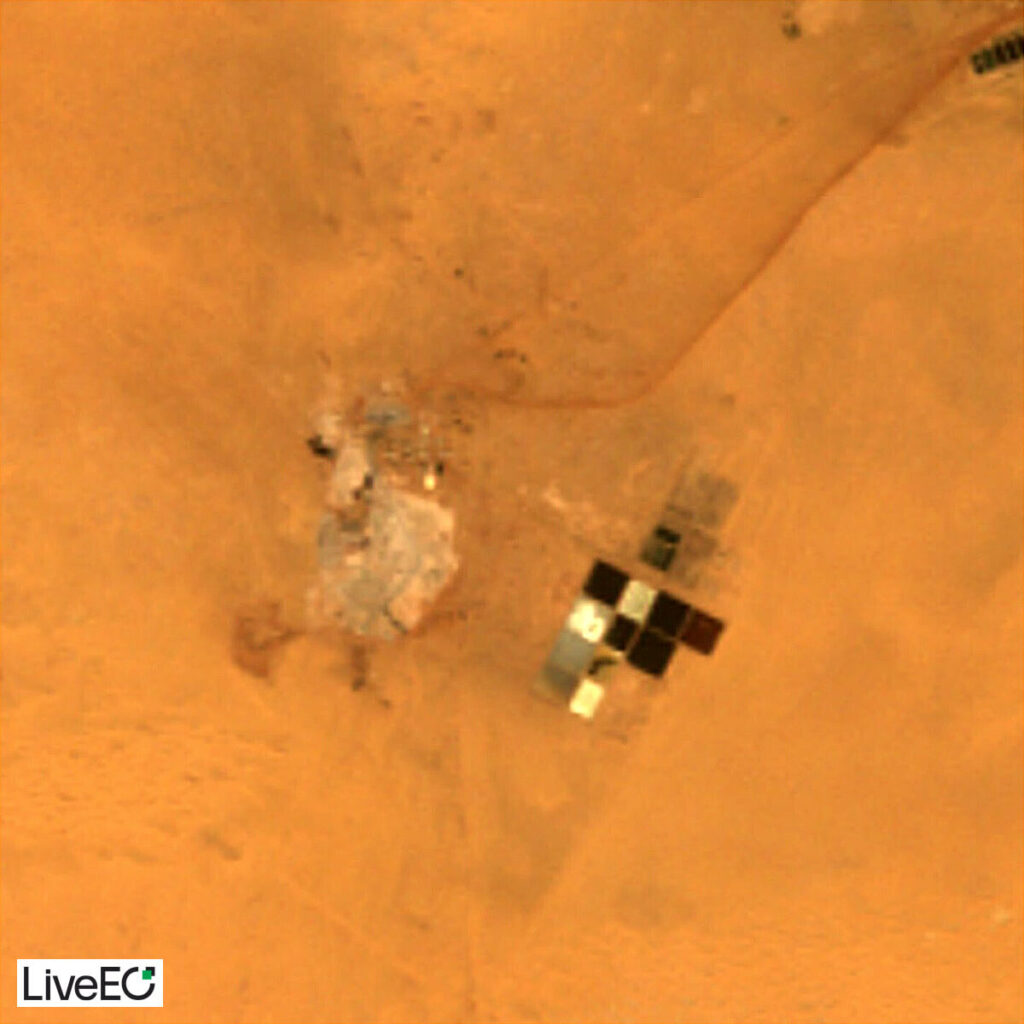

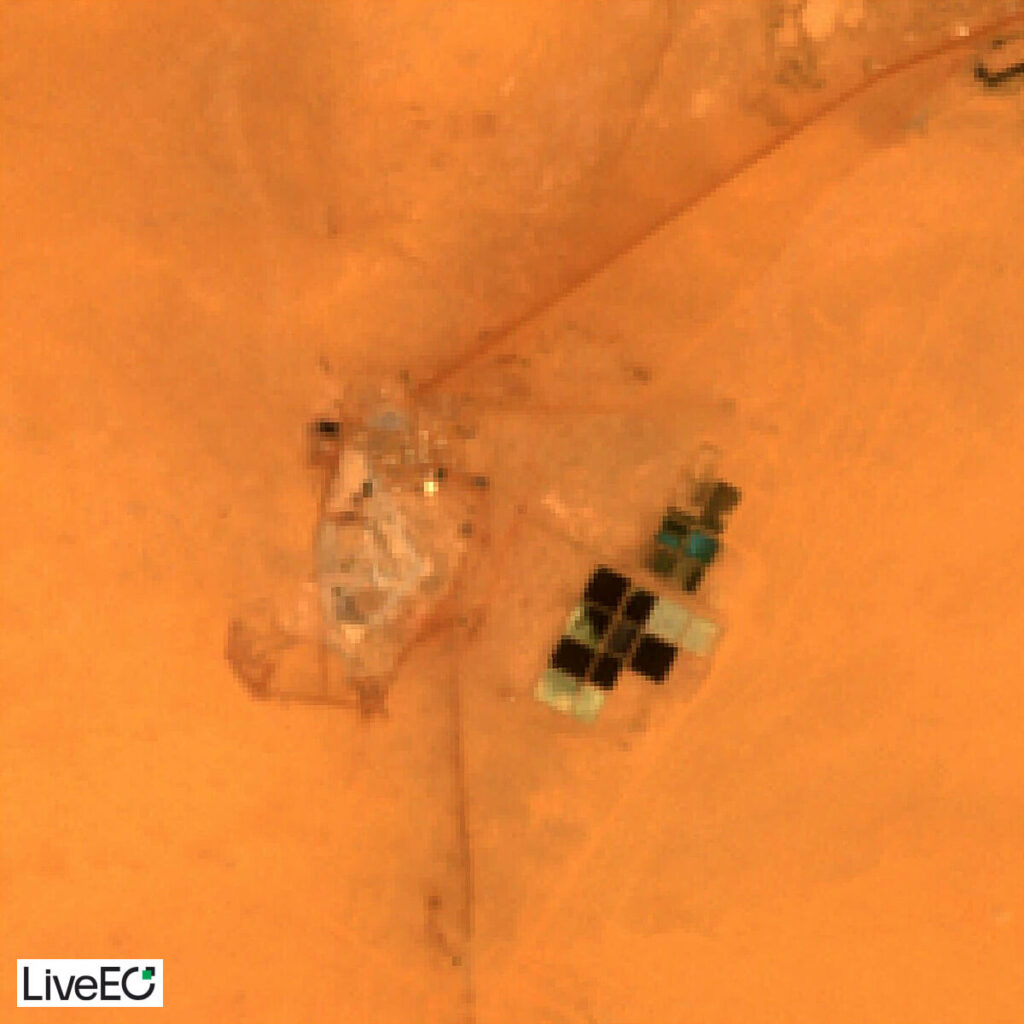
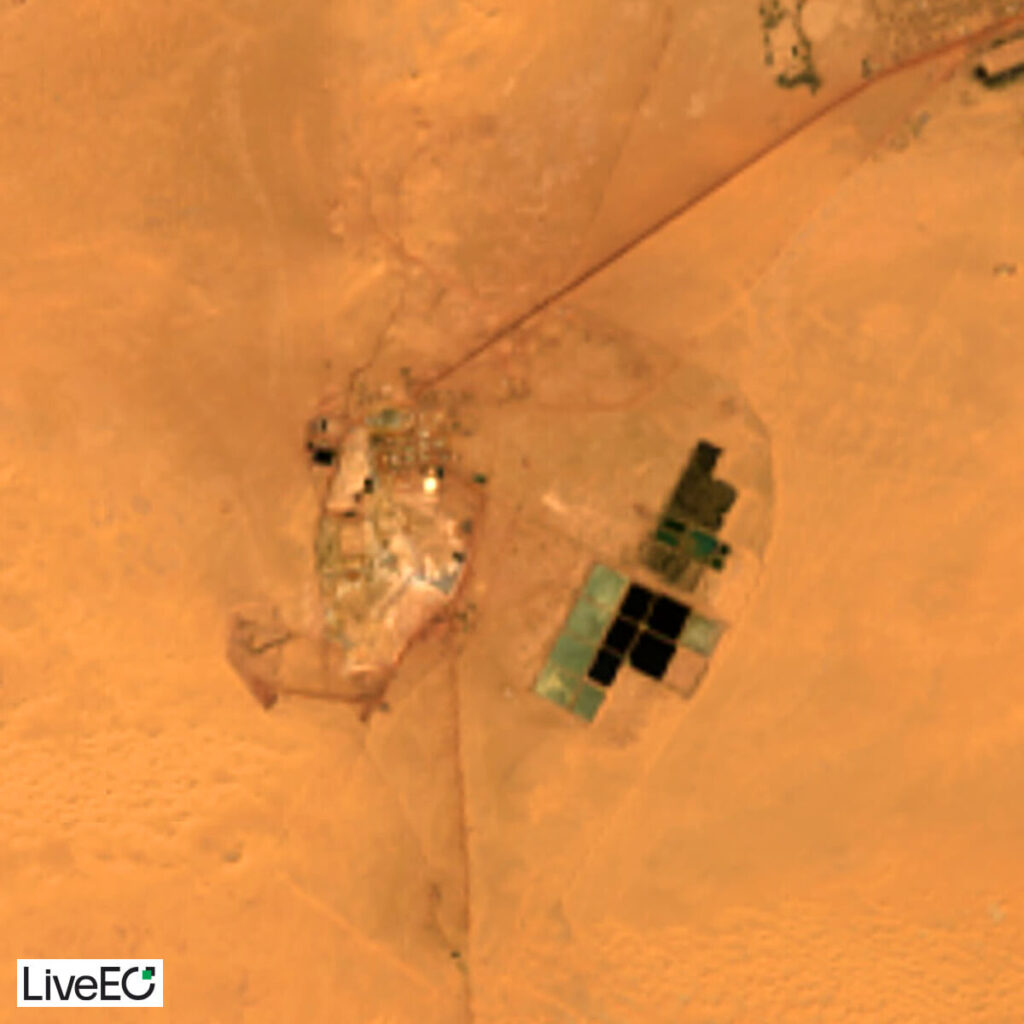
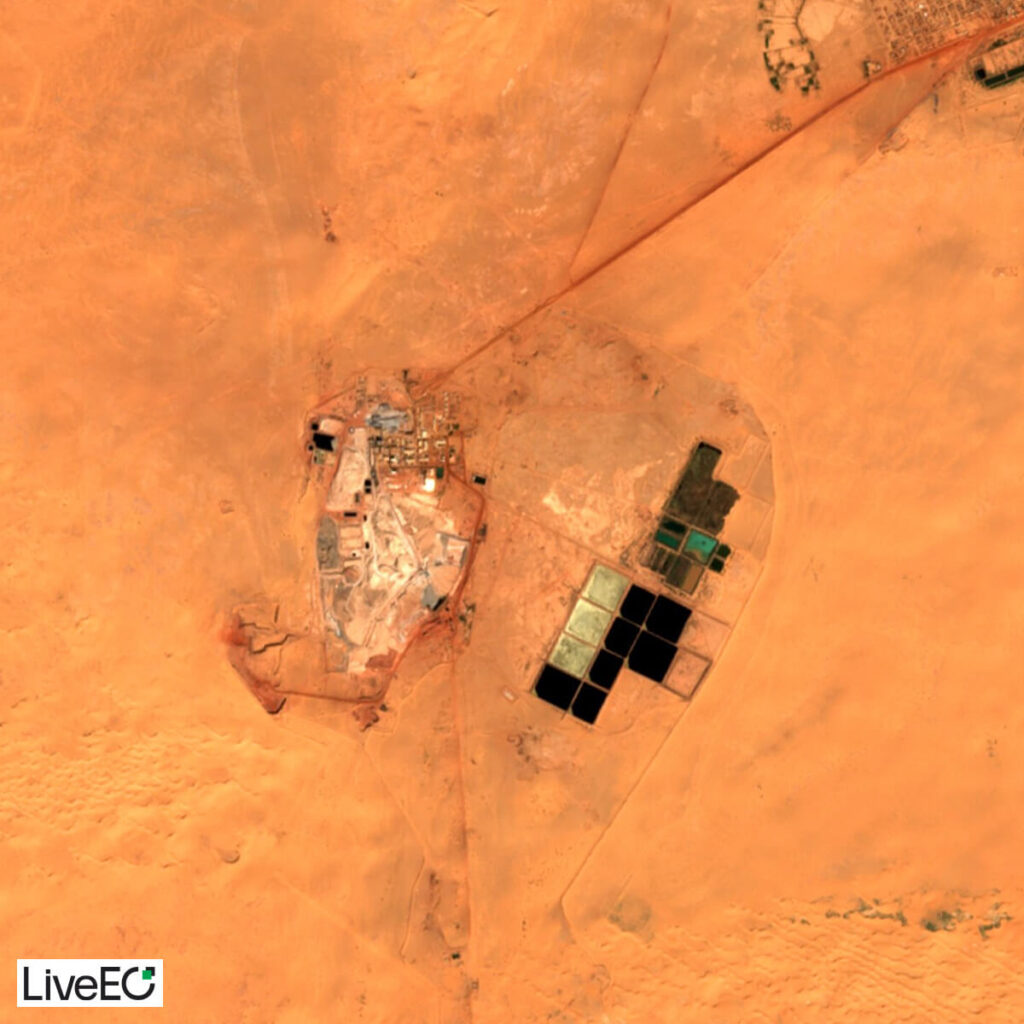
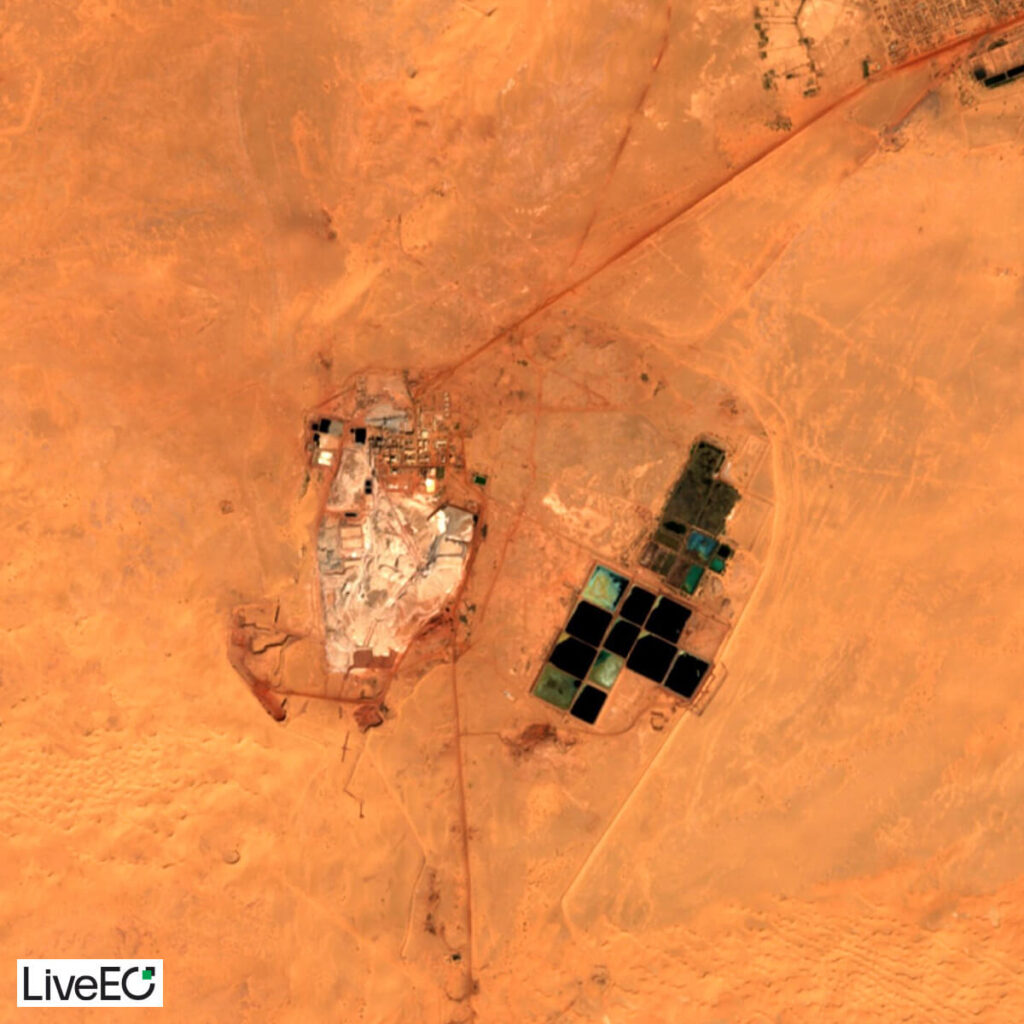
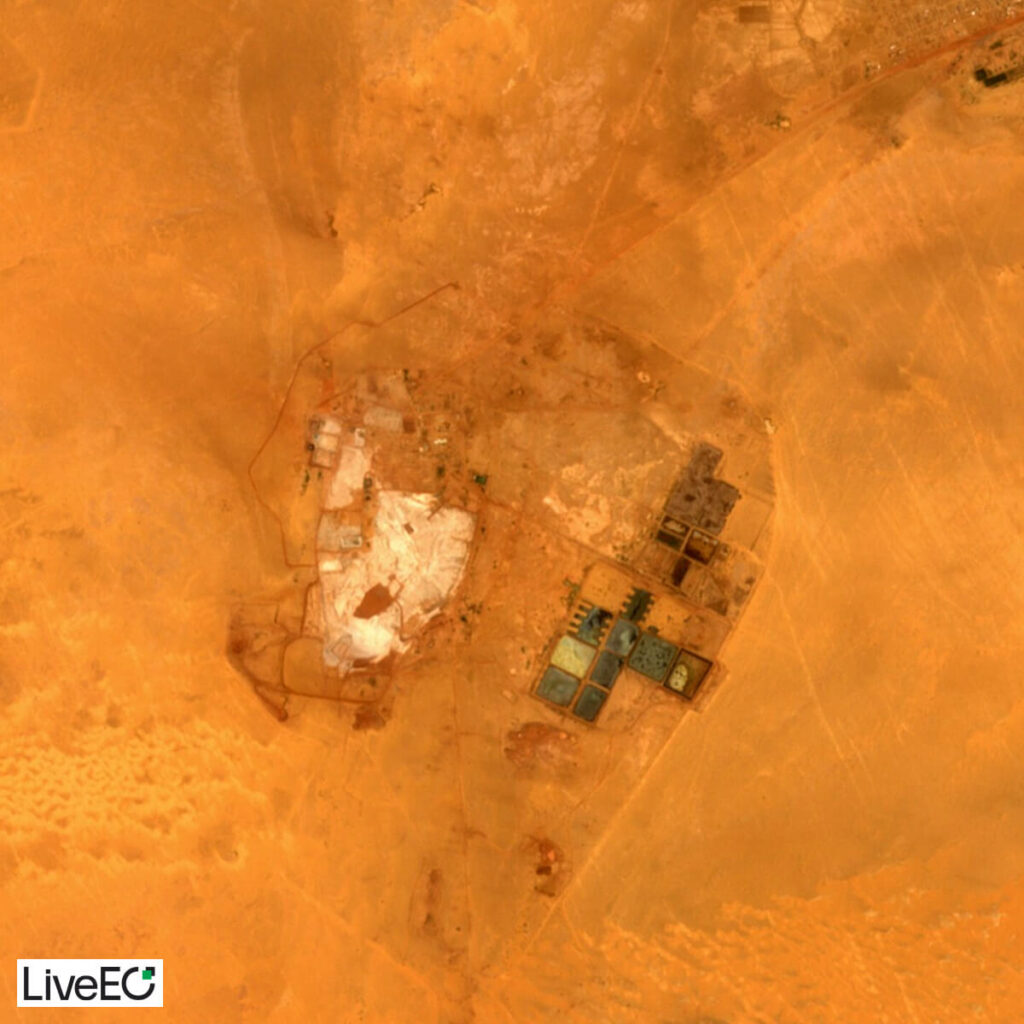
Also China has been exploiting Niger’s uranium supplies. The state-owned China National Nuclear Corporation (CNNC) owns 62 percent of the Somina uranium mine. The mine was active from 2010 until 2015, when it was no longer profitable. Before it was shut down the mine was scheduled to reach an output of 4.000 tons of uranium a year by 2020. In the recent weeks CNNC has been performing studies on the profitability of the mine, looking at starting the mining operation again.
